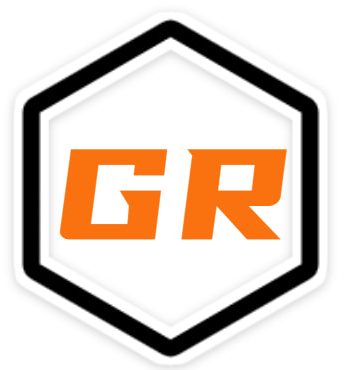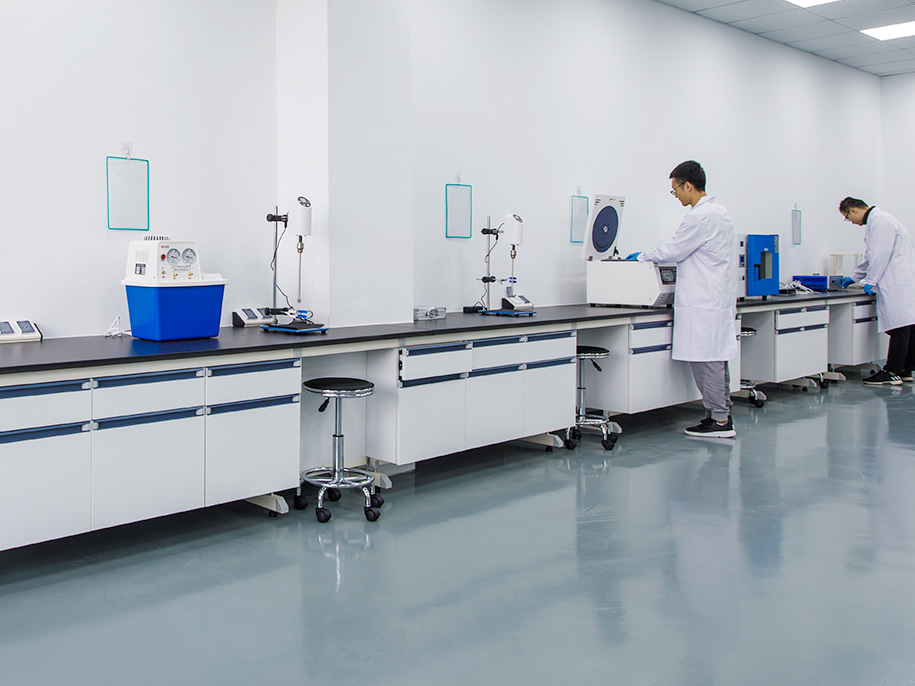Graphite Felt: A Comprehensive Guide
What is Graphite Felt?
Graphite felt is a high-carbon, insulating material produced by treating carbon felt at temperatures above 2000°C in a vacuum or inert atmosphere. This process results in a material with a carbon content exceeding 99%. Graphite felt was first commercially available in the late 1960s and is categorized into three types based on the precursor felt used: pitch-based, PAN-based (polyacrylonitrile), and rayon-based graphite felt.
Types of Graphite Felt
- Pitch-based Graphite Felt: Common in Japan for thermal insulation applications.
- PAN-based Graphite Felt: Widely used in China, known for its strength and thermal insulation properties.
- Rayon-based Graphite Felt: Predominantly used in Europe and America, favored for its flexibility and ease of processing.
Graphite Felt Specifications
- PAN-based Graphite Felt:
- Length: ≥1500 mm
- Width: 400±10 mm
- Thickness: 5-15 mm
- Density: 0.1-0.15 g/cm³
- Surface Density: 600-1200 g/cm²
- Carbon Content: ≥99%
- Ash Content: 0.05-0.1%
- Strength: 60-70 N (⊥ direction), 150-200 N (∥ direction)
- Thermal Conductivity: 0.06 W/m.k (at 34.6°C)
- Rayon-based Graphite Felt:
- Length: ≥2000 mm
- Width: 400±10 mm
- Thickness: 4-8 mm
- Density: 0.05-0.15 g/cm³
- Surface Density: 300-600 g/cm²
- Carbon Content: ≥99%
- Ash Content: 0.5-0.6%
- Strength: 5-10 N (⊥ direction), 10-20 N (∥ direction)
Performance and Applications
Graphite felt is renowned for its exceptional properties:
- High Purity: Contains over 99% carbon, making it suitable for high-temperature and corrosive environments.
- Thermal Insulation: Ideal for use in single crystal silicon smelting furnaces due to its excellent thermal insulation capabilities.
- Chemical Resistance: Used as a filtration material for high-purity corrosive chemical reagents.
- Mechanical Strength: PAN-based graphite felt offers higher strength and oxidation resistance compared to rayon-based graphite felt.
Advantages of Graphite Felt
- Flexibility: Can be folded, cut, and sewn with graphite yarn, making it versatile for various applications.
- High Temperature Resistance: Usable up to 3000°C in non-oxidizing atmospheres.
- Durability: Resistant to melting and corrosion, ensuring long-term performance in extreme conditions.
Conclusion
Graphite felt is a versatile and high-performance material widely used in thermal insulation, chemical filtration, and high-temperature applications. Its unique properties make it an essential component in industries ranging from semiconductor manufacturing to chemical processing. For optimal results, choosing the right type of graphite felt—be it pitch-based, PAN-based, or rayon-based—depends on the specific requirements of your application.

